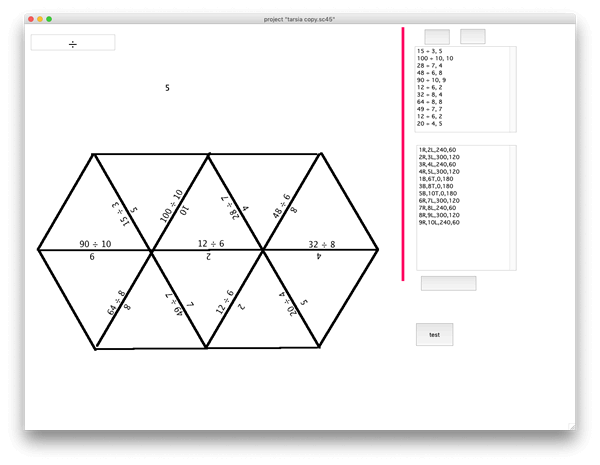My class enjoyed trying a tarsia puzzle on Friday. I’ve started a wee SuperCard project to generate these. (There is a windows app but I could not find a mac one). A very simple start to break up a weekend of report writing.
Tag: classroom
Speeding Up Mobile Glow Blogging
Here are some tips for speeding up the process of making simple posts to a Glow Blog
Preparation 1. The Post Editor
One of the nice things about the WordPress Post Editor is you can customise the elements that you see on the screen.
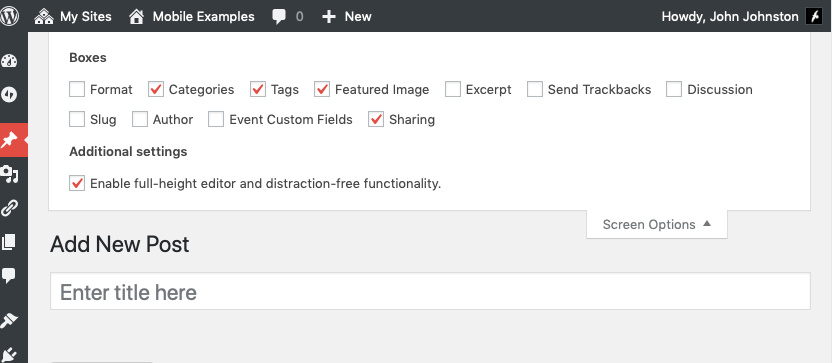
To make my posting simpler in mobile I’ve removed some elements and dragged the Featured Image section to the top of the right hand column. This makes it appear right under the post content in the mobile view.
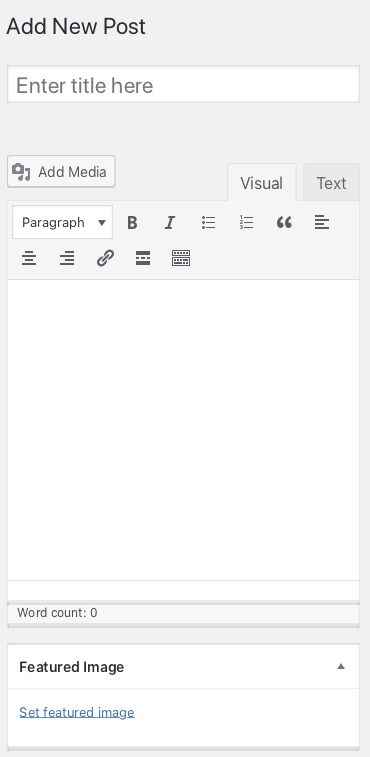
You can also collapse section of the editor you don’t need all the time, I’ve notice my pupils do this when using their e-Portfolios.
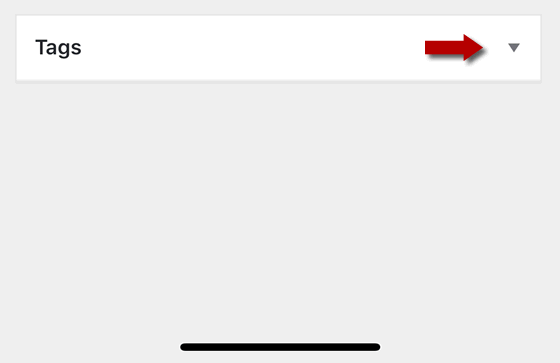
Preparation 2. Bookmark New Post
On my phone I’ve bookmarked the New Post Page on blogs I want to post to.
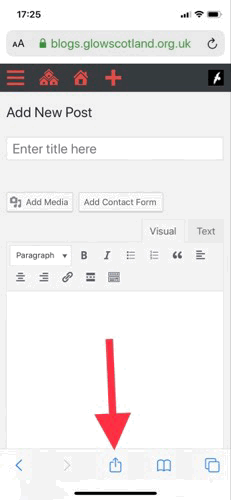
Im my case I’ve saved it to my home screen so I don’t even need to open my browser and go through my bookmarks.
This means that I can go straight to the new post page. If I am not logged onto Glow I am taken through the RM Unify password screen first. I use the save password facility on my phone to speed this up.
Featured Images
Editing a post with images and text can get a little messy, and therefore slow, on mobile. If I want to make a quick post, I don’t put the images in the editor, but use the featured image feature. This adds an image, typically, to the top of your post, and keeps it clear of the text.
Putting it All Together
Using my home screen icon, saved password, simplified new post page and a featured image means I can post a twitter sized post and picture in around 90 seconds.
Twitter too
In case you are missing the interaction and publicity of twitter you can of course auto post your blog to twitter using several free services, dlvr.it, IFTTT and Microsoft Flow (using your glow account.)
What we (Scottish Schools) Tweet With

A follow up to yesterday’s post, where I figured out how to extract the source from a list of tweets.
I asked a few folk on twitter if they had lists of schools twitter accounts by LA in twitter list. Andrew Bailey gave me an Angus one and Malcolm Wilson pointed me to William Jenkins who has a pile of lists. I quickly grabbed 18 LAs alone with Andrews to make 20 to run through my script.
The results are above.
I am interest in the result only tangentially. Partially is my idea of fun to figure out how to write the script. Mainly I am interested in thinking about encouraging folk to use Glow Blogs as a primary place they post school and class news as opposed to twitter. I’ve been told a few times that teachers use twitter because it is easier. I want to explain how blogging can be a lot easier. This indicates that mobile devices are the way to go.
Hi Aaron,
I’d read the Gruber piece you also linked to to but not Cory Doctorow’s. I agree with much of both in principal. In practise, in my classroom, not so much.
We are 1-2-1 iPad. Half the class have old 2013 iPad Airs that have just stopped handling OS updates. Their batteries are good enough for a day’s use. While we do consume (reading/researching the web, watching videos) they are also pretty creative. Pupils have more freedom to install and customise than they do with our Local Authority managed PCs. They are also very good for mixing with ‘real’ work, messy making, being robust and easier to put down safely that our Windows Laptops (no cables). The go outside too.
A bit of Scots, poetry & iMovie fun with the @Banton_Pr Biggies today. Bantiraptors.
Thanks for this link Aaron. The idea that creating by copying is not very creative has often weighed on my mind. Especially in activities like coding in my multi-stage classroom, some pupils are mostly copying instructions. This link made me realise/remember the value of copying. Personally in my own creative endeavours I often start there.
The OceanMaker
I used this video in class as a writing stimulus. I also watched a few time in preparation.
I’ve had got a lump in my throat every time I’ve watched. The class liked it too. HT @LiteracyShed.
Every time we watch we see more detail and things to talk about.
“I changed the way I teach new vocabulary. Fewer words, slower process, more effortful, but better understanding and use. #engchat #pypchat”
I changed the way I teach new vocabulary.
Fewer words, slower process, more effortful, but better understanding and use. #engchat #pypchat pic.twitter.com/JaXCExU1pY— Cristina Milos (@surreallyno) January 3, 2020
Just posted on my class blog.

